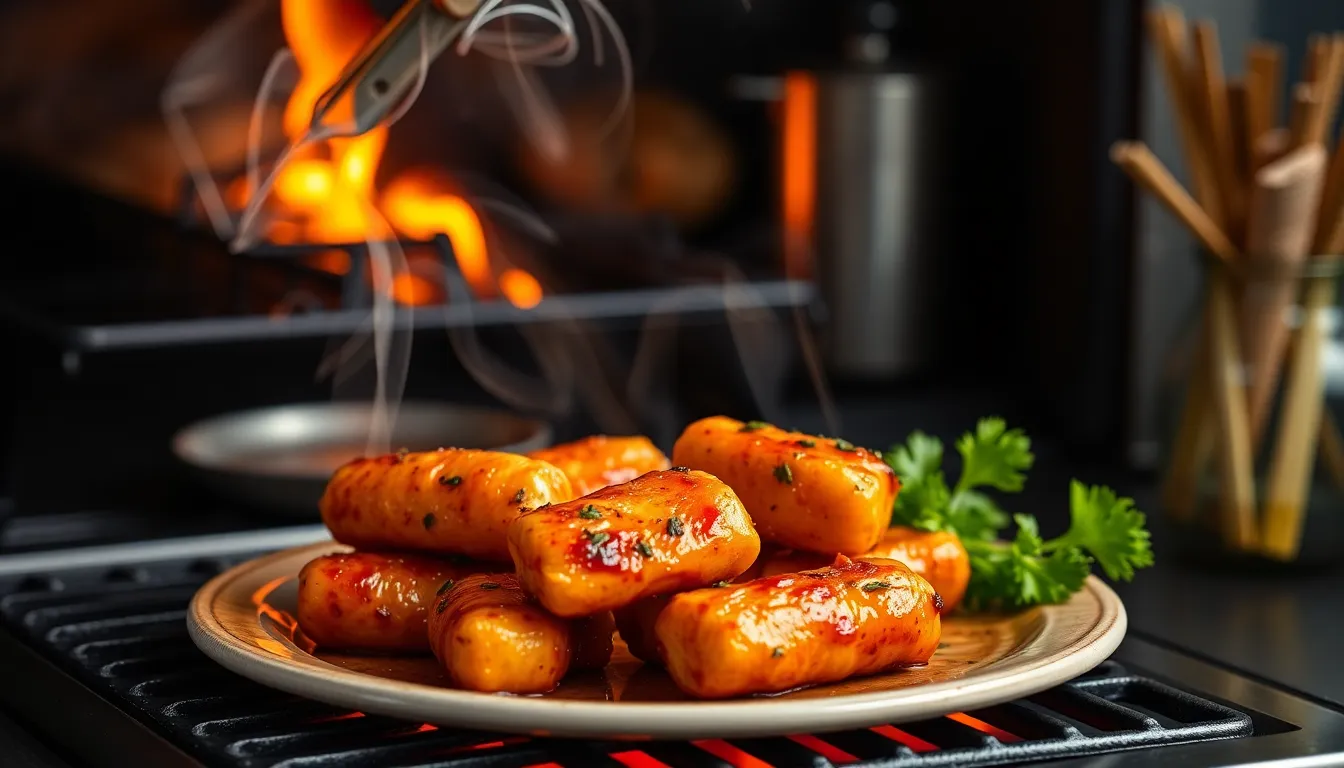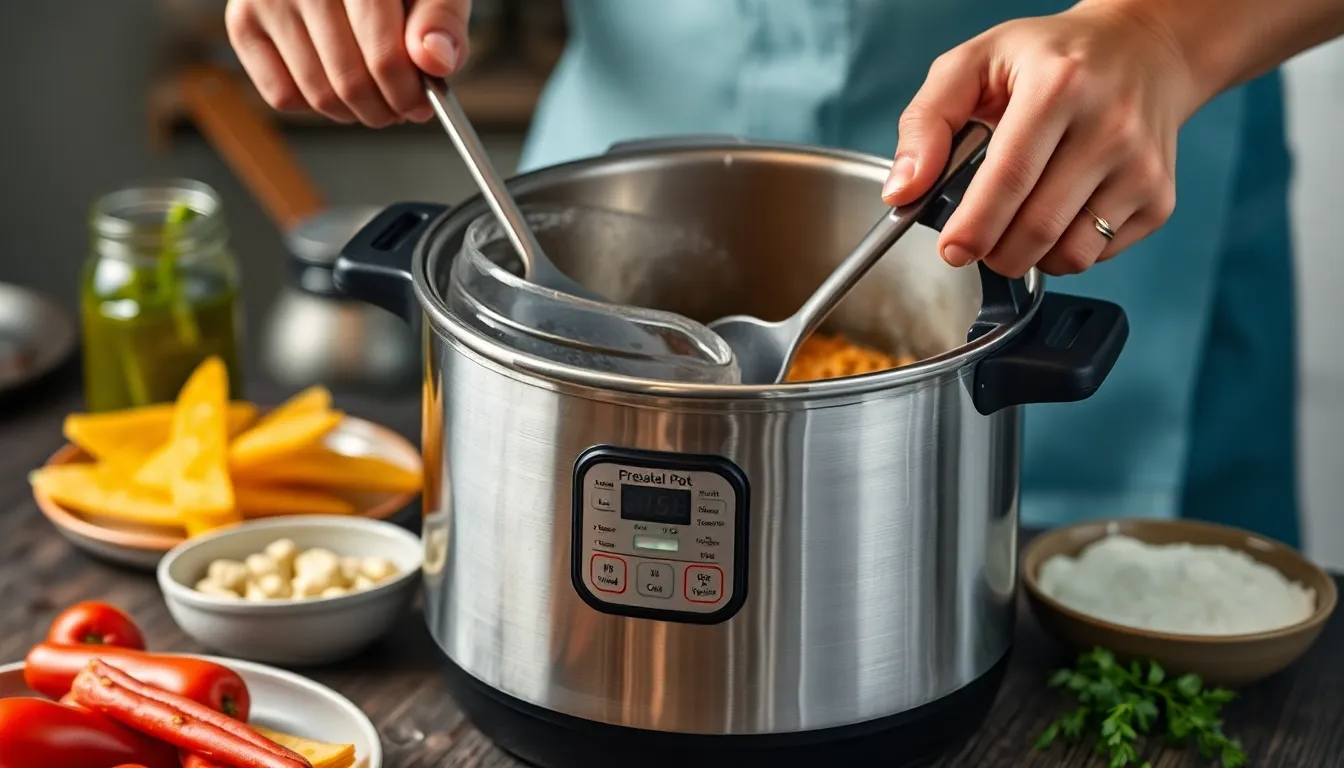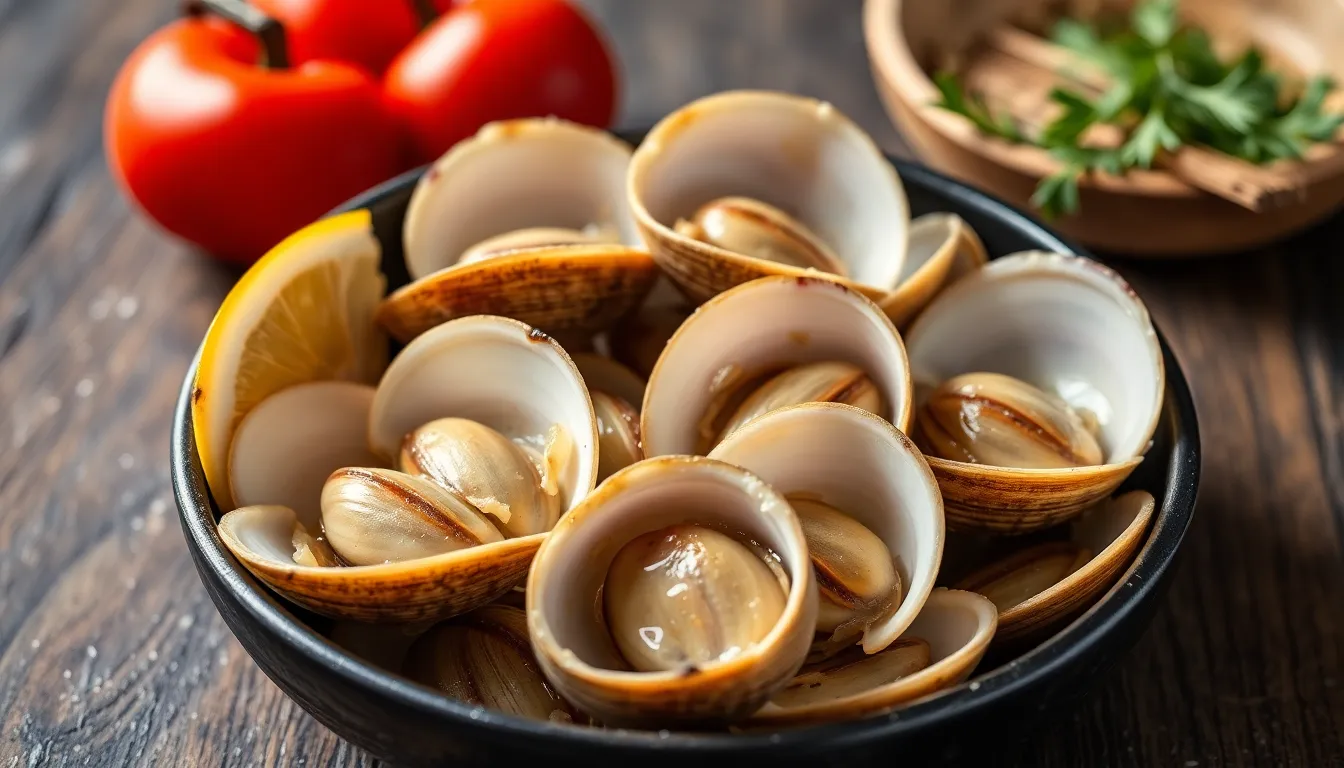5 Common Smoking Mistakes and How to Avoid Them
Introduction
Smoking food has surged in popularity over the past few years, captivating the hearts and palates of culinary enthusiasts around the world. The process involves infusing food with rich, smoky flavors that elevate even the simplest dishes into a mouthwatering experience. However, the art of smoking can be tricky, and many home chefs stumble along the way. In this article, we will identify five common mistakes made while smoking food and provide practical solutions to avoid them, ensuring that your smoked creations are nothing short of spectacular.
Section 1: Mistake #1 – Using the Wrong Wood
Description of the Mistake
The choice of wood is paramount in the smoking process, as different types of wood impart unique flavors to the food. Using the wrong wood not only affects the taste but can also overwhelm the dish with unpleasant smokiness.
How to Avoid This Mistake
To select the right wood for various types of meat, consider the following tips:
- Fruity woods like apple and cherry are perfect for poultry and pork.
- Stronger woods such as hickory and mesquite are best reserved for bold meats like beef and game.
- Experiment with combinations of woods to create a unique flavor profile.
HTML Table: Wood Types and Their Flavor Profiles
| Wood Type | Flavor Profile | Best for |
|---|---|---|
| Hickory | Strong, smoky flavor | Pork, ribs |
| Apple | Mild, sweet flavor | Chicken, turkey |
| Mesquite | Bold, earthy flavor | Beef, game meats |
| Cherry | Fruity, sweet flavor | All meats, especially poultry |
| Oak | Medium flavor | Brisket, sausage |
Section 2: Mistake #2 – Not Prepping the Meat Properly
Description of the Mistake
One of the biggest oversights in smoking is failing to properly prep the meat. Trimming excess fat, marinating, and seasoning are crucial steps that can drastically impact the final product.
How to Avoid This Mistake
Follow these steps to prep your meat for smoking:
- Trim the Fat: Remove any excess fat that could lead to flare-ups or greasy finished dishes.
- Marinate: Consider marinating your meat for several hours or overnight to enhance flavor.
- Season: Generously season with salt, pepper, and your favorite spices to build a flavorful crust.
Section 3: Mistake #3 – Ignoring Temperature Control
Description of the Mistake
Maintaining consistent temperatures is essential when smoking food. Fluctuations can lead to uneven cooking and affect the flavor and tenderness of the meat.
How to Avoid This Mistake
Here’s how to maintain proper temperature control while smoking:
- Use a Reliable Thermometer: Invest in a good quality meat thermometer to monitor internal temperatures accurately.
- Adjust Airflow: Control the airflow in your smoker by adjusting vents; this will help in maintaining temperature.
- Fuel Management: Ensure you have enough charcoal or wood to maintain steady heat throughout the smoking process.
Section 4: Mistake #4 – Overloading the Smoker
Description of the Mistake
Overcrowding the smoker can lead to poor smoke circulation, uneven cooking, and extended cooking times. This is a common mistake that can ruin the smoking experience.
How to Avoid This Mistake
To ensure optimal smoking results, keep these tips in mind:
- Smoke in batches; don’t try to cook too much food at once.
- Leave space between each piece of meat to allow smoke to circulate freely.
- Consider the size and capacity of your smoker to avoid overloading.
Section 5: Mistake #5 – Not Letting the Meat Rest
Description of the Mistake
One critical mistake made by many is not allowing the meat to rest after smoking. Resting is essential for redistributing juices, leading to a more flavorful and tender bite.
How to Avoid This Mistake
Here are guidelines on how long to let different meats rest before slicing:
- Poultry: Let it rest for 10-15 minutes.
- Pork: Rest for 15-20 minutes.
- Beef: Allow to rest for 20-30 minutes, depending on the size of the cut.
Conclusion
In summary, avoiding these five common smoking mistakes—using the wrong wood, improperly prepping the meat, ignoring temperature control, overloading the smoker, and skipping the resting phase—can significantly enhance your smoking experience. As you experiment with different techniques and flavor combinations, remember that smoking is an art that improves with practice. Don’t hesitate to share your experiences and any tips you’ve discovered along the way!
Call to Action
If you found this article helpful, consider subscribing to spicestoryteller.com for more tips and recipes. Sharing this article on social media can also help fellow cooking enthusiasts avoid these common pitfalls. Happy smoking!




